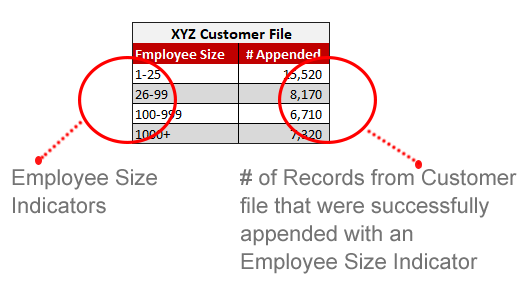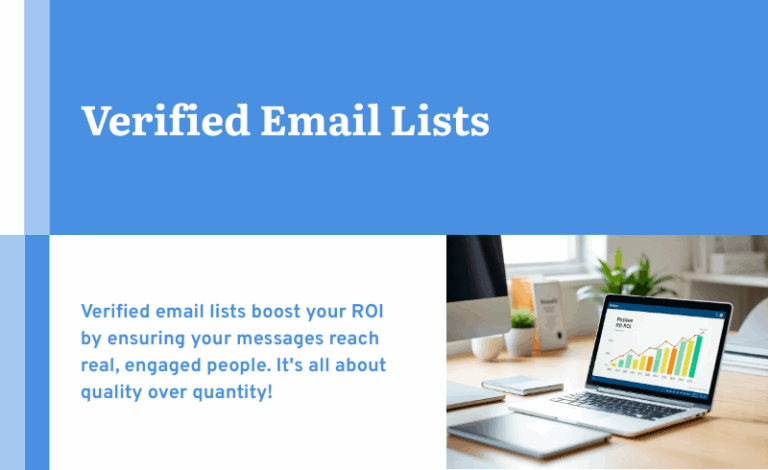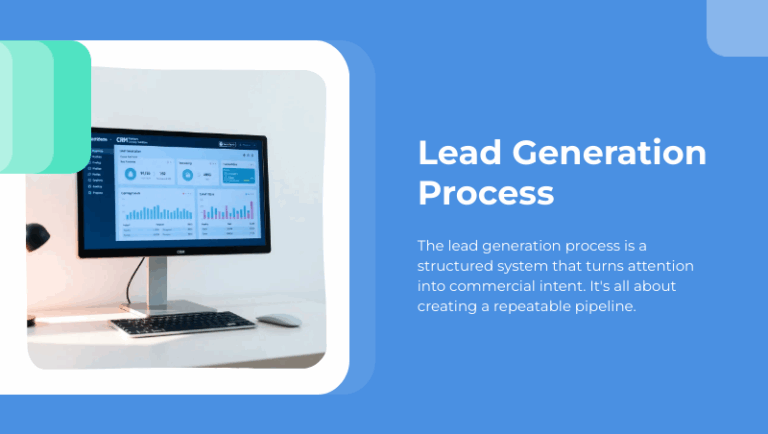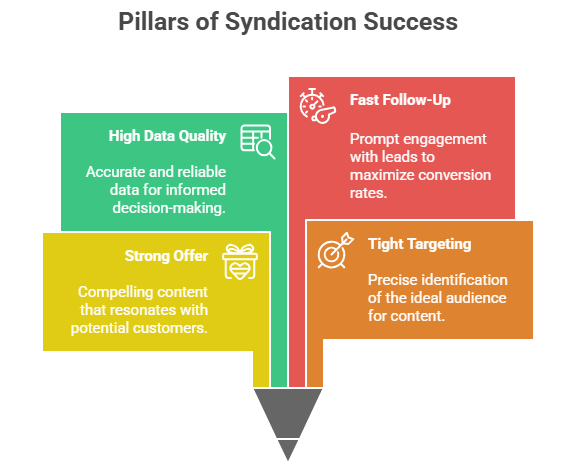In B2B marketing, knowing your audience is the cornerstone of crafting effective strategies that resonate and drive results. While demographic and firmographic data such as industry type, company size, and location are vital, adding sales volume data to your B2B file can elevate your targeting and personalization efforts to new heights. Sales volume, which reflects a company’s annual revenue, offers deep insights into the financial health, market position, and potential purchasing power of your target businesses. Here’s why including this data is crucial for your B2B marketing strategy.
Sales Volume: A Key Indicator of Business Potential
Sales volume is a strong indicator of a company’s economic footprint and its capacity to invest in products or services. Companies with higher sales volumes generally have more substantial budgets, allowing them to pursue large-scale, premium solutions that smaller firms might not be able to afford. Conversely, businesses with lower sales volumes may prioritize cost-effective solutions that offer immediate value without straining their resources. By incorporating sales volume data into your B2B file, you can better align your offerings with the financial realities of your target market, ensuring that your messaging and product recommendations are appropriate for each segment.
For example, if your data reveals that a prospect generates significant annual revenue, you might focus your marketing efforts on high-end, scalable solutions that promise a strong return on investment. On the other hand, if you’re targeting businesses with more modest sales volumes, you might emphasize affordability, efficiency, and the immediate benefits of your offerings. This tailored approach not only improves engagement but also increases the likelihood of conversion, as you’re addressing the specific needs and constraints of each prospect.
Enhancing Targeting and Personalization with Sales Volume Data
Adding sales volume data to your B2B file enables a more granular approach to targeting and personalization. By segmenting your audience based on revenue, you can create customized marketing campaigns that speak directly to the financial capabilities and goals of different business types. For instance, large enterprises with high sales volumes may respond well to personalized account-based marketing (ABM) strategies that offer bespoke solutions and high-touch service. In contrast, small to mid-sized companies with lower sales volumes might be more receptive to automated marketing efforts that highlight cost savings and quick wins.
This level of personalization can extend beyond just marketing campaigns. It can also inform your sales tactics. Understanding a company’s sales volume allows your sales team to prioritize leads more effectively, focusing their efforts on high-revenue prospects who are more likely to result in significant business opportunities. Additionally, sales volume data can guide the creation of tailored sales pitches that resonate with the financial priorities of each business, whether that’s maximizing ROI for a large corporation or achieving cost efficiency for a smaller firm.
Making Data-Driven Decisions with Sales Volume Insights
Incorporating sales volume into your firmographic data not only enhances your marketing and sales strategies but also empowers you to make better data-driven decisions. With a clearer understanding of your target market’s financial landscape, you can allocate resources more effectively, prioritize high-potential leads, and optimize your product offerings to match the revenue profiles of your audience segments.
Sales volume data also provides valuable insights into market trends and customer behavior. By analyzing the correlation between revenue and purchasing patterns, you can identify which segments offer the most growth potential and adjust your strategies accordingly. For example, if you notice that a particular segment with higher sales volumes tends to purchase certain types of solutions, you can focus your product development and marketing efforts on meeting the needs of that segment.
Enhance Your B2B Marketing
Sales volume is a critical piece of firmographic data that can significantly enhance your B2B marketing and sales strategies. By understanding the revenue potential of your target audience, you can tailor your messaging, prioritize leads, and make informed decisions that drive business growth. In a competitive B2B landscape, adding sales volume data to your files is not just beneficial—it’s essential for maximizing the effectiveness of your campaigns and securing a competitive edge.


Use sales volume appends to gain insight into:



